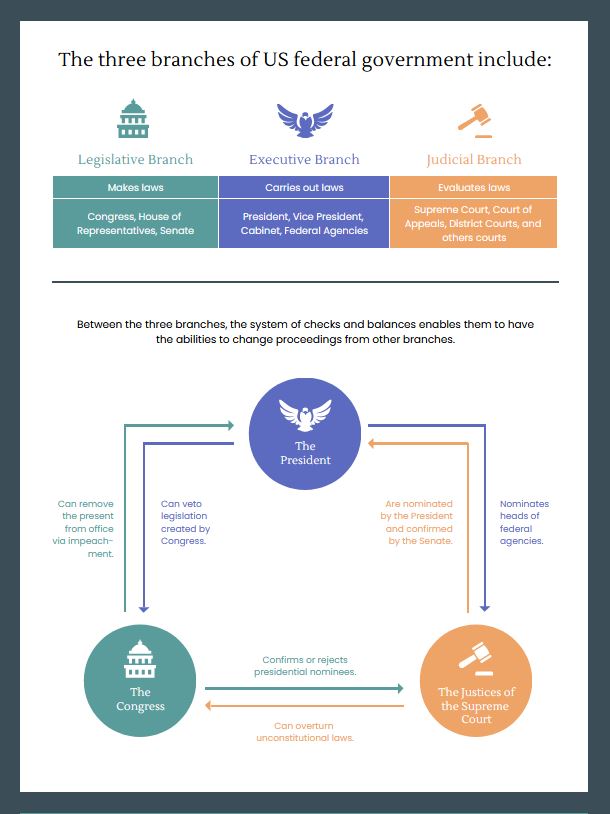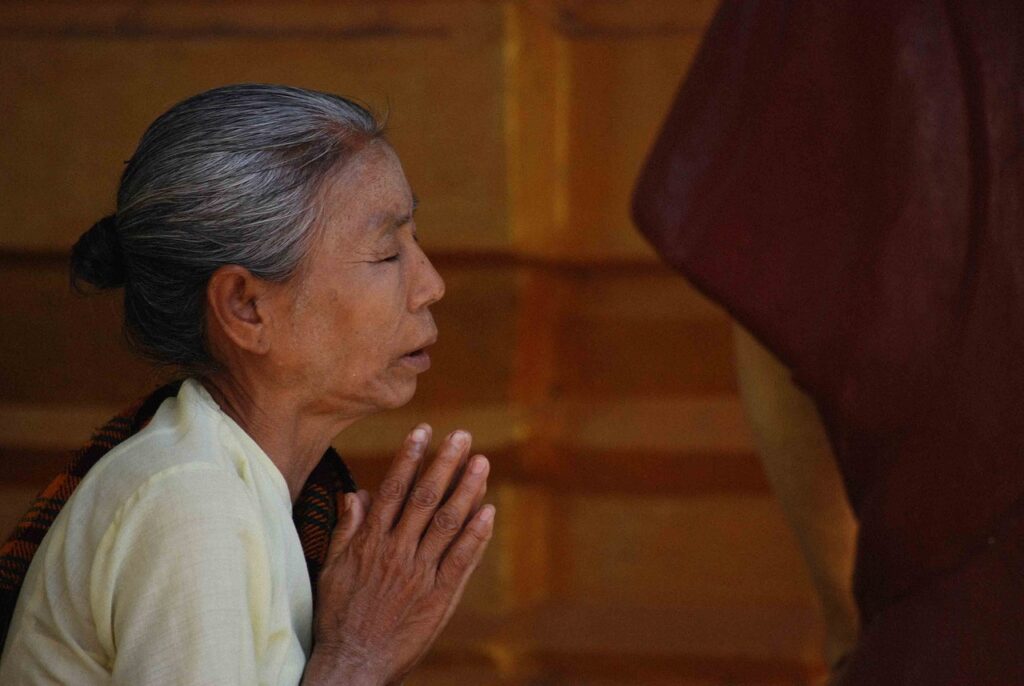Family, Government, Money, Resources
Demographics and Socioeconomics of Asian Americans, Native Hawaiians, and Pacific Islanders
The U.S. Department of the Treasury (“U.S. Treasury”) held its inaugural AANHPI Economice Summit on May 7, 2024. MyAsianVoice collaborated with the Equity Hub at the U.S. Treasury to provide in-person attendees demographic and socioeconomic data on Asian Americans, Native Hawaiians, and Pacific Islanders. In addition to the data placemat, MyAsianVoice was also among the summit’s panel of speakers. Representing MyAsianVoice was its founder, Amy (Wu) Stratton.
Download Placemat (PDF)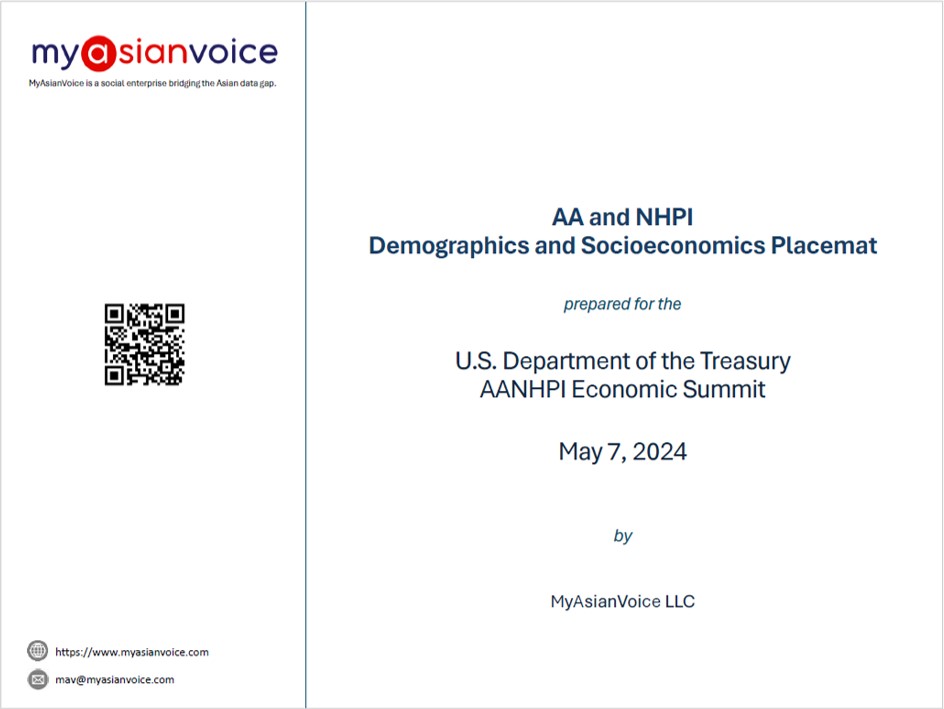
Asian Americans continue to be among the fastest growing populations in the United States. From 2010 to 2020, the Asian population increased across all 50 states.
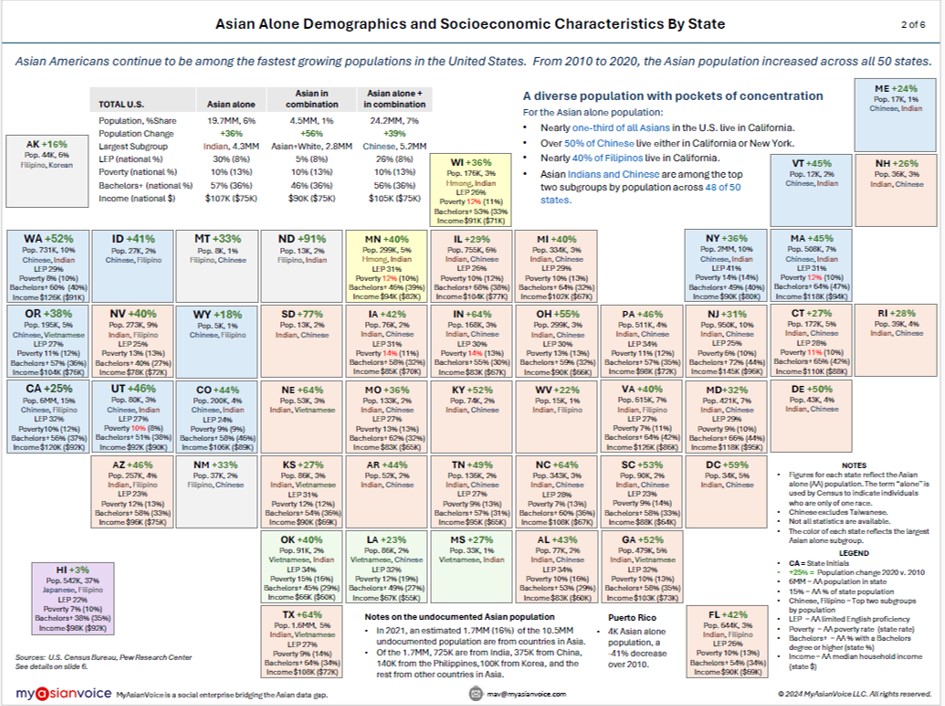
Compared to the general U.S. population, Asian Americans are likely to be foreign born, face language barriers, and live in larger households despite higher educational attainment and income. Considerable differences exist across Asian subgroups influenced by country of origin and U.S. immigration policy.
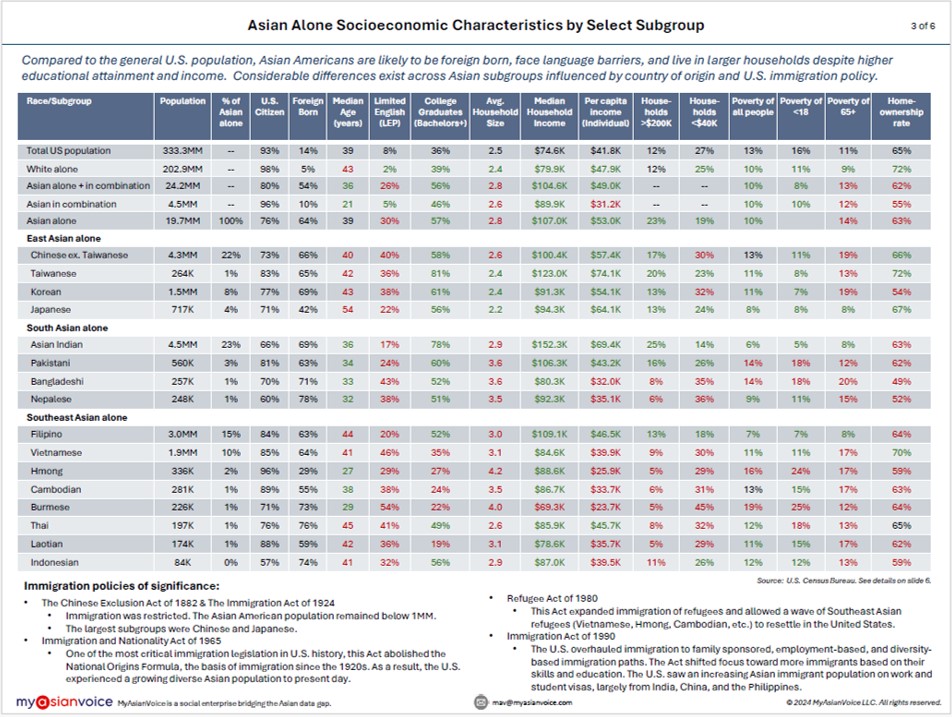
The economic statistics of Native Hawaiians and Pacific Islanders differ from those of Asian Americans. Native Hawaiians and Pacific Islanders are likely to be U.S. born and younger with lower educational attainment and lower income.
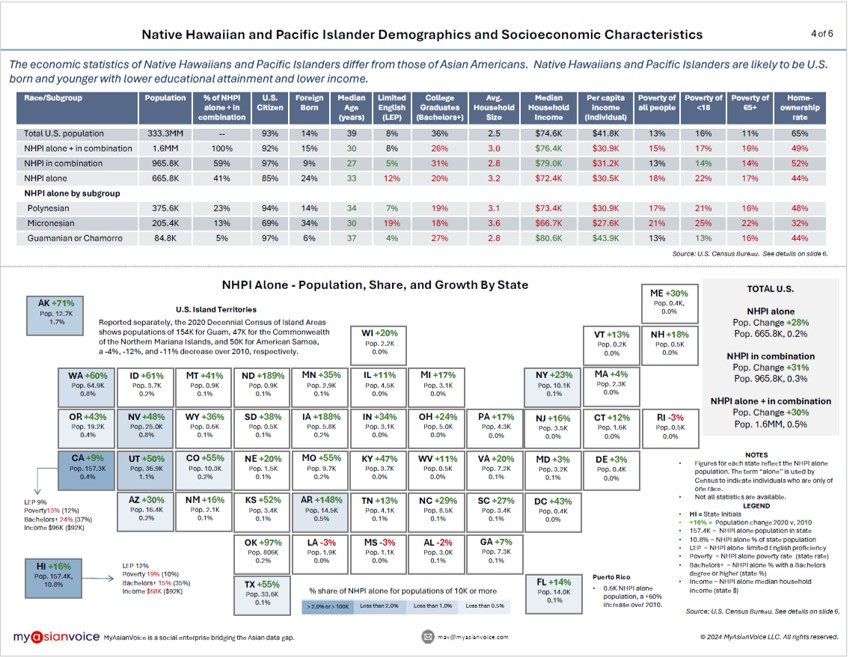
AA and NHPI communities are rapidly expanding and continue to contribute to the economic strength and social fabric of American society, but economic differences exist across subgroups. AA and NHPIs face clusters of poverty that is influenced by country of origin, immigration path, and age.
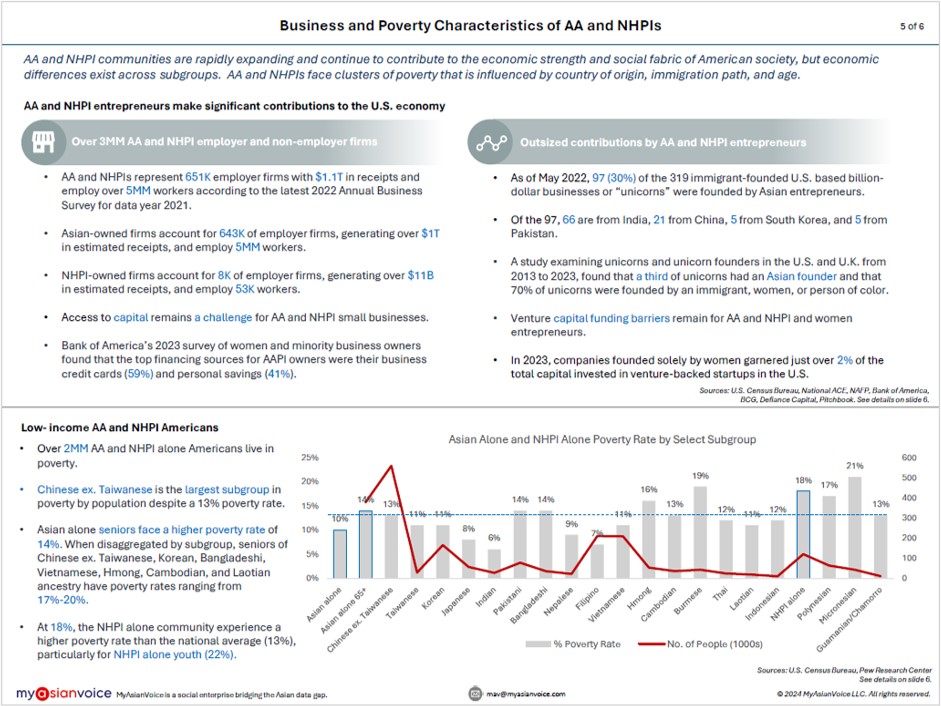
Sources and disclaimer
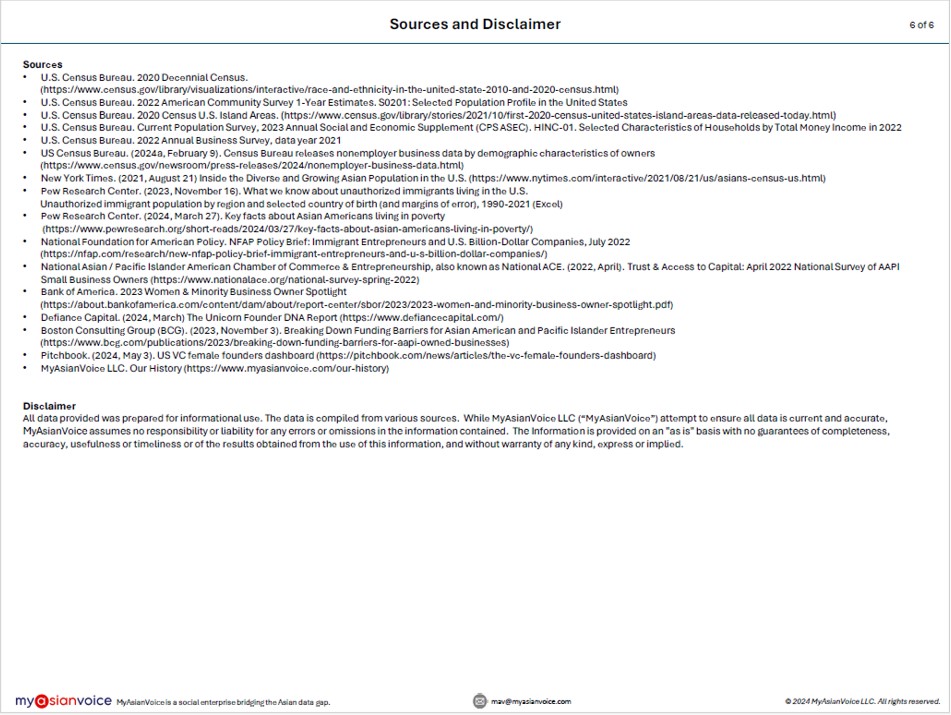
Useful Resources
Equity Hub (U.S. Department of the Treasury)
Our Economic Power (MyAsianVoice)
Our Demographics (MyAsianVoice)
Get a monthly dose of our latest insights!


About
myasianvoice
At MyAsianVoice, we connect Asian Americans to surveys and research to bridge the Asian data gap.
Join our growing respondent list >>